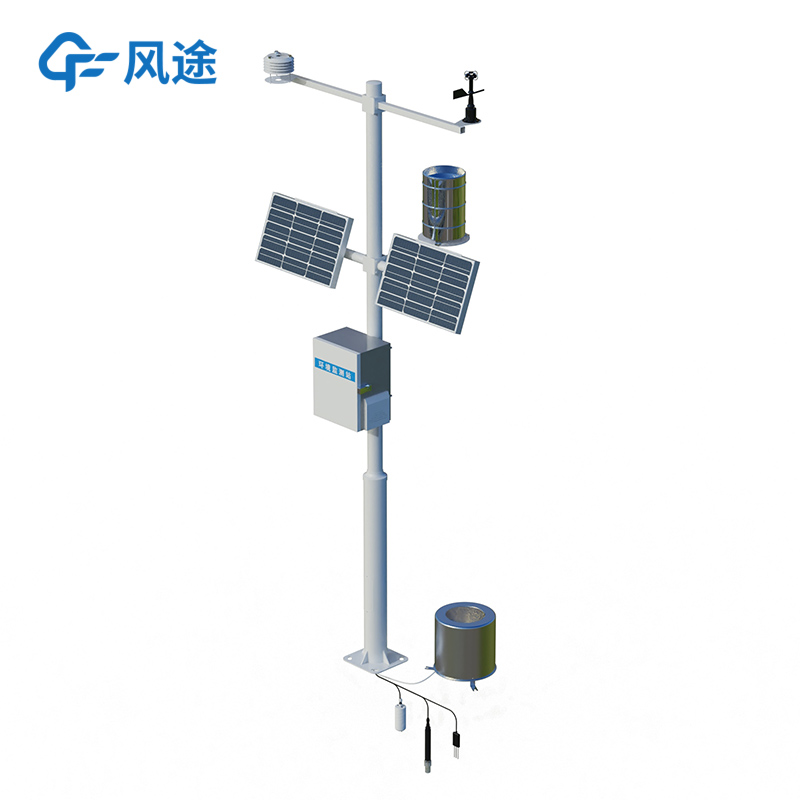Farming relies heavily on favorable weather—good conditions bring high yields, while disaster years may lead to reduced harvests. Common meteorological disasters like drought, flood, and low temperature cause significant annual losses to agriculture.
When there is no rain for consecutive months, the soil cracks from dryness—a condition known as drought. Corn and wheat roots fail to absorb water, leaves turn yellow and wilt, photosynthesis weakens, and the ears become small and shriveled. In severe cases, entire fields may yield nothing.
Continuous heavy rainfall can turn farmland into "ponds," posing another problem. Crop roots submerged in water cannot "breathe" or absorb nutrients, leading to root rot. The wet environment also fosters pathogens—for example, rice is highly susceptible to rice blast after flooding, often resulting in whole-plant death.
Low-temperature freezing damage is equally troublesome. When a late spring cold snap strikes during fruit tree blooming, petals freeze and turn black. In autumn, citrus fruits nearing maturity suffer from cold waves, yielding smaller and less sweet fruits. A sudden temperature drop during winter wheat regreening can even prevent full ear development.
To prevent these disasters in advance, we must understand the weather's "temperament." While people once relied on experience to predict weather by observing clouds, modern agriculture depends on various agricultural meteorological observation instruments.
Agricultural Weather Stations act as "sentinels" in farmland, standing in the fields and working continuously. Sensors on their top measure temperature and humidity; anemometers on the pole track wind speed and direction; rain gauges below calculate precipitation in millimeters. These data are transmitted via wires or the internet directly to agronomists' computers and phones, enabling immediate detection of anomalies.
In greenhouses, light sensors play a crucial role. Light-loving crops like cucumbers and tomatoes have different light requirements at various growth stages. When light is insufficient, the sensor "alerts" farmers to turn on supplementary lights; when light is too intense, they deploy shade nets to ensure optimal growth.
Soil moisture sensors buried in the ground provide real-time "reports" on soil dryness. In the past, irrigation relied solely on experience, often leading to over- or under-watering. Now, farmers can irrigate based on sensor readings, ensuring crops like corn and cotton are adequately watered while saving significant irrigation resources.
With these instruments, farming is no longer a matter of luck. Advanced warnings of temperature drops or rainfall allow timely actions like covering films or digging drainage ditches. Adjusting planting management based on light and soil moisture ensures more stable yields each year, driving agriculture toward more scientific production.

Article address:https://www.sqqx.net/en/news/676.html

 +86 15898932201
+86 15898932201



